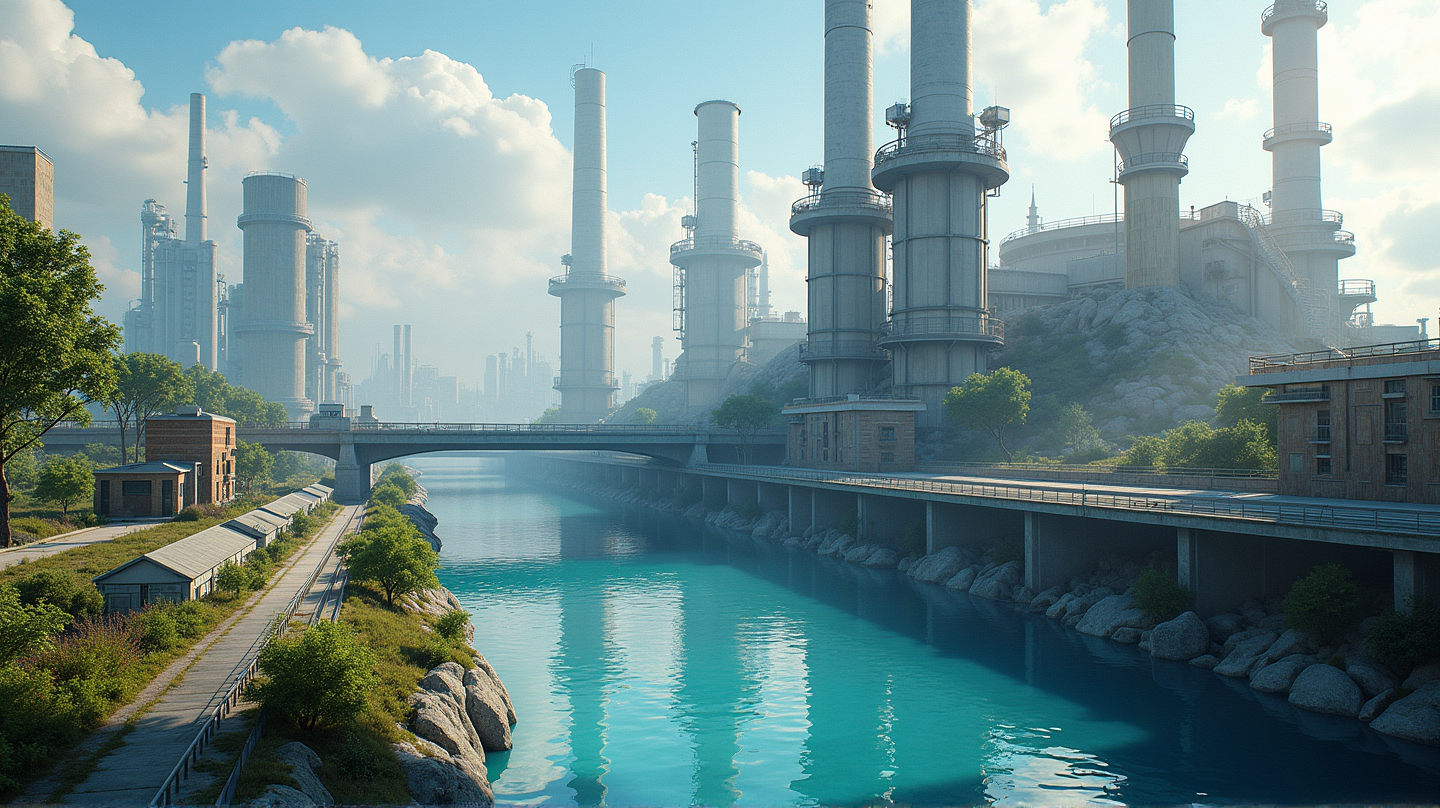Water scarcity is one of the most pressing challenges globally, with over 2 billion people lacking access to safe drinking water. An intriguing study introduces innovative solutions that might offer a new hope.
The Promise of Circular Water Systems
“These innovative approaches could be key,” notes Anne Kleyböcker, echoing the sentiments of many as the study highlights water-smart industrial symbioses. The study, conducted at the renowned Kompetenzzentrum Wasser Berlin in Kalundborg, Denmark, spotlights the transformation of wastewater processing into a circular water system.
This innovative approach hinges on collaborations among industrial sectors and aims to reclaim water, materials, and energy. The process is not just about treatment; it’s about transforming wastewater into a resource. According to The Cool Down, technology has paved the way for high-quality water production from complex sources, demonstrating its potential in addressing water scarcity.
Advancements in Membrane Filtration
The research directly compared three membrane filtration techniques: conventional ultrafiltration, ultra-tight UF, and nanofiltration. Conventional techniques proved more energy-efficient, offering an 87% recovery rate, while ultra-tight UF and nanofiltration showed promise in contaminant removal, albeit with higher energy needs.
This attention to membrane filtration technology not only points to its current efficacy but also to areas for improvement, driving home the need for balance between purification efficiency and energy consumption.
Environmental Considerations
While reclaiming water shows promise, the study did not shy away from environmental considerations. Using lake water has a low carbon footprint but affects local water availability. In contrast, desalination, though preserving freshwater resources, suffers from high carbon emissions.
The takeaway is clear: water reclamation, with its moderate energy use and emissions, offers a viable, balanced solution that neither strains the environment nor the local water tables.
The Bigger Picture
With climate change, industrial growth, and population expansion putting the squeeze on water resources, developing efficient wastewater treatment methods becomes an imperative of survival. These systems promise to improve the circularity of supply chains – making what was once waste, crucially, a valuable asset.
A Vision for the Future
Such progressive technology elicits a reflective stance on how human ingenuity can tackle existential threats to resources. It signifies a move towards a safer, more sustainable future where communities can thrive even amid natural and man-made challenges.
In conclusion, as the global population surges, leveraging such technologies may not only solve water scarcity today but reshape water usage paradigms for generations to come.
